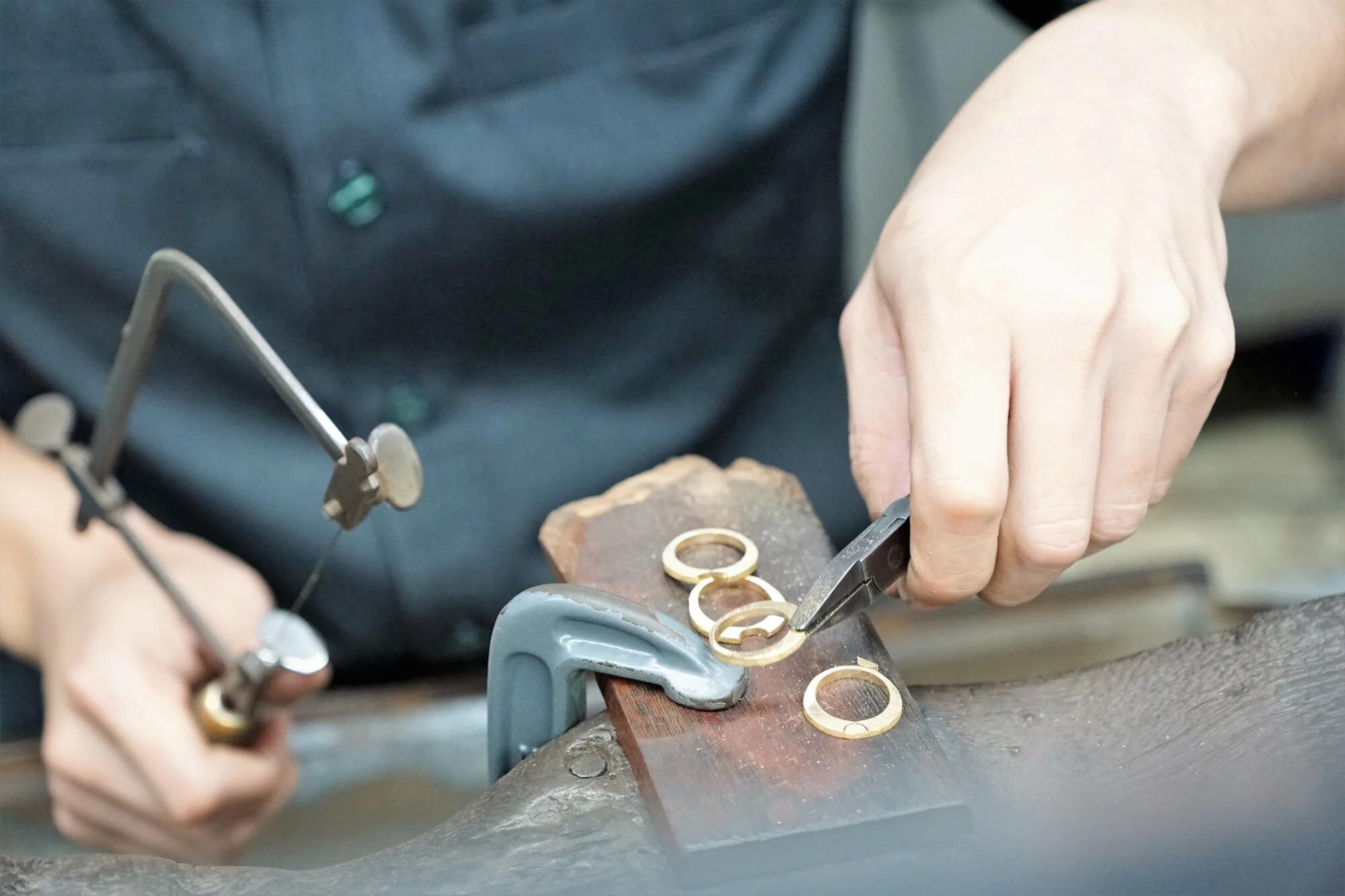Jewelry holds a timeless appeal, symbolizing love, success, and personal milestones. From engagement rings to anniversary gifts, people invest in fine jewelry for significant life moments. However, savvy shoppers often notice that jewelry stores slash their prices during special occasions like Valentine’s Day, Black Friday, and Christmas. While these discounts may seem too good to be true, they are a strategic move by jewelry businesses to boost sales, clear inventory, and attract new customers.
Jewelry is a high-margin industry, meaning retailers have room to offer substantial discounts without losing profitability. Understanding why these sales occur and how to take advantage of them can help consumers make informed purchases while securing the best deals.
Capitalizing on Increased Demand During Holidays
Certain times of the year naturally drive higher jewelry sales due to cultural and emotional significance. Valentine’s Day, for instance, is synonymous with romantic gestures, and many people purchase rings, necklaces, bracelets, or Swarovski earrings as gifts for their significant others. Similarly, the holiday season is a prime time for jewelry sales as people look for meaningful presents for loved ones.
Retailers take advantage of this seasonal demand by offering discounts that entice customers to buy. These promotions create a sense of urgency, encouraging shoppers to make purchases before prices return to normal. Since people are already in a spending mindset during these times, even a slight discount can tip the scales in favor of buying a higher-priced item.
Attracting New Customers Through Promotions
For many consumers, purchasing jewelry is a significant financial decision. Discounts provide an incentive for customers who might be hesitant to buy at full price. Jewelry brands use holiday sales as an opportunity to introduce new customers to their collections, hoping that a one-time discounted purchase will lead to future business.
Loyalty-building strategies also come into play. Many retailers offer special promotions such as free engravings, extended warranties, or store credits for future purchases. These added benefits make customers feel like they’re getting more value, increasing their likelihood of returning for future occasions.
Clearing Out Inventory for New Collections
Like fashion, jewelry trends evolve, and retailers need to make room for new collections. Special occasions and holiday promotions provide the perfect opportunity to clear out older inventory while maintaining high sales volumes.
Luxury jewelry brands and independent stores alike need to introduce fresh styles and designs to stay competitive. By discounting last season’s items, they can free up storage space and generate revenue without resorting to permanent markdowns.
Shoppers can take advantage of this by looking for classic pieces that remain stylish despite being part of an older collection. Timeless designs like solitaire rings, pearl necklaces, and simple gold bracelets often go on sale but never go out of fashion. Many jewelry stores also include Lab Grown Diamond rings in these promotions, offering a modern, sustainable option without compromising on elegance.
Competing With Online and Offline Rivals
The jewelry industry is highly competitive, with both traditional brick-and-mortar stores and online retailers vying for consumer attention. To stand out in a crowded market, businesses must create compelling promotions that lure customers away from competitors.
Online jewelry retailers, in particular, offer aggressive discounts due to lower overhead costs. To compete, physical stores must offer price cuts, bundle deals, or exclusive in-store experiences.
Black Friday and Cyber Monday are key periods when jewelry businesses leverage both in-person and online discounts to capture a broader customer base. Discount websites and coupon platforms like Coupon Chief, and other similar ones further help customers maximize their savings. Many shoppers actively seek out discount codes and promotional offers, making it essential for jewelry retailers to participate in these platforms to attract budget-conscious buyers.
Encouraging Bulk and High-Value Purchases
Jewelry retailers often structure their promotions in ways that encourage higher spending. Instead of discounting every item, they may offer tiered promotions such as:
- Spend $500, get $50 off
- Buy one, get 30% off the second item
- Free jewelry cleaning with purchase
These incentives make customers more likely to spend more than originally planned, maximizing the retailer’s revenue while still offering savings. Additionally, some stores provide financing options with 0% interest for a limited time, making high-ticket items more accessible to buyers.
Creating a Sense of Exclusivity and Urgency
Limited-time offers create a psychological effect known as FOMO (fear of missing out). Jewelry retailers leverage this by emphasizing that discounts are only available for a short period, pushing customers to act quickly.
Exclusive discounts for loyalty program members or VIP customers also add an element of prestige. When customers feel they are getting access to a special deal, they are more likely to make an impulsive purchase.
Also, some brands release holiday-exclusive designs that are only available during promotional periods. This drives demand and gives customers a reason to buy immediately instead of waiting.

Jewelry businesses offer big discounts during special occasions as part of a well-planned strategy to drive sales, clear inventory, and attract new customers. By understanding how these sales work, shoppers can make informed decisions and maximize their savings while purchasing high-quality, meaningful pieces.
Whether buying for yourself or a loved one, taking advantage of seasonal discounts ensures that you get the best value for your investment without compromising on style or quality.

